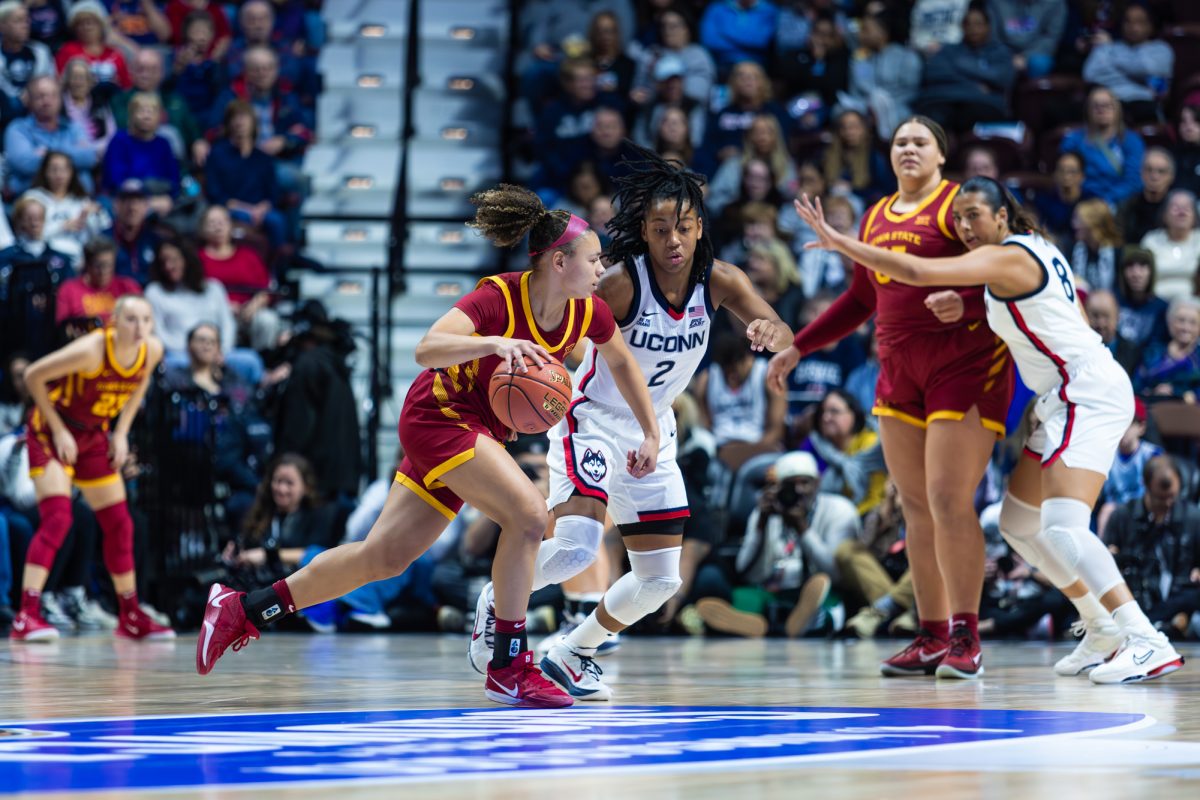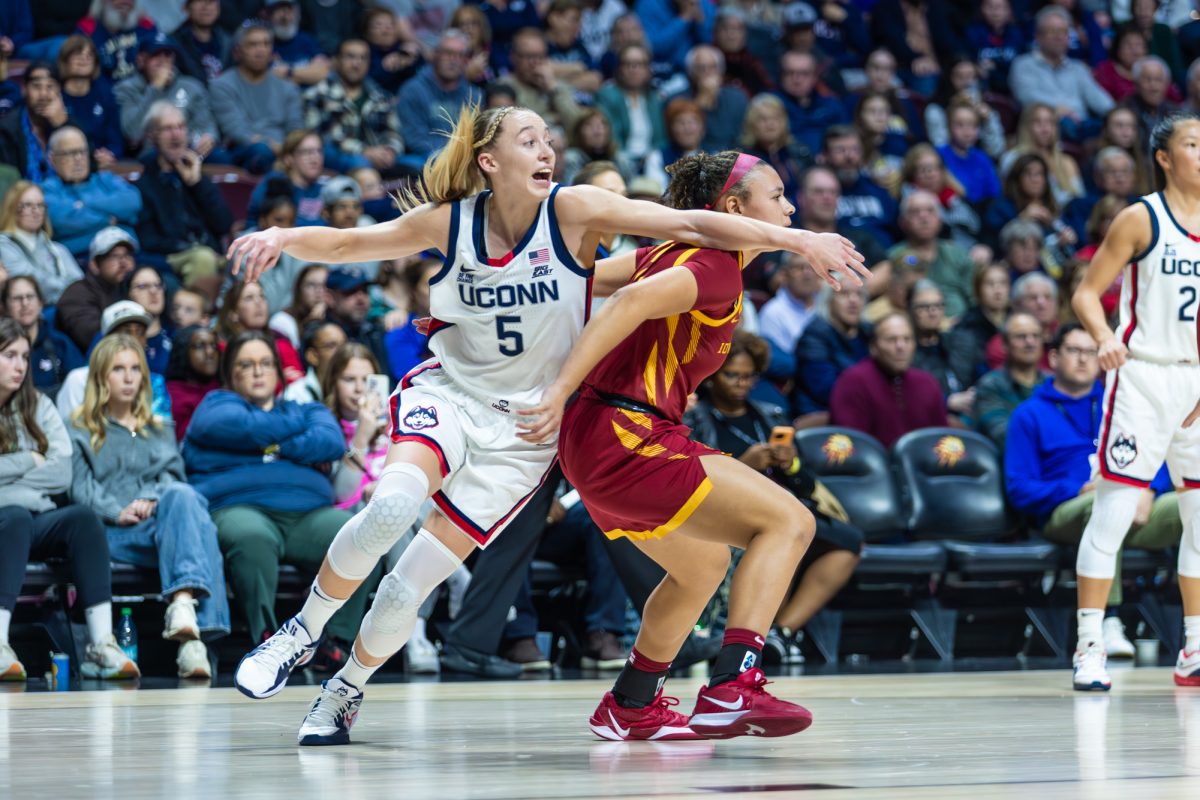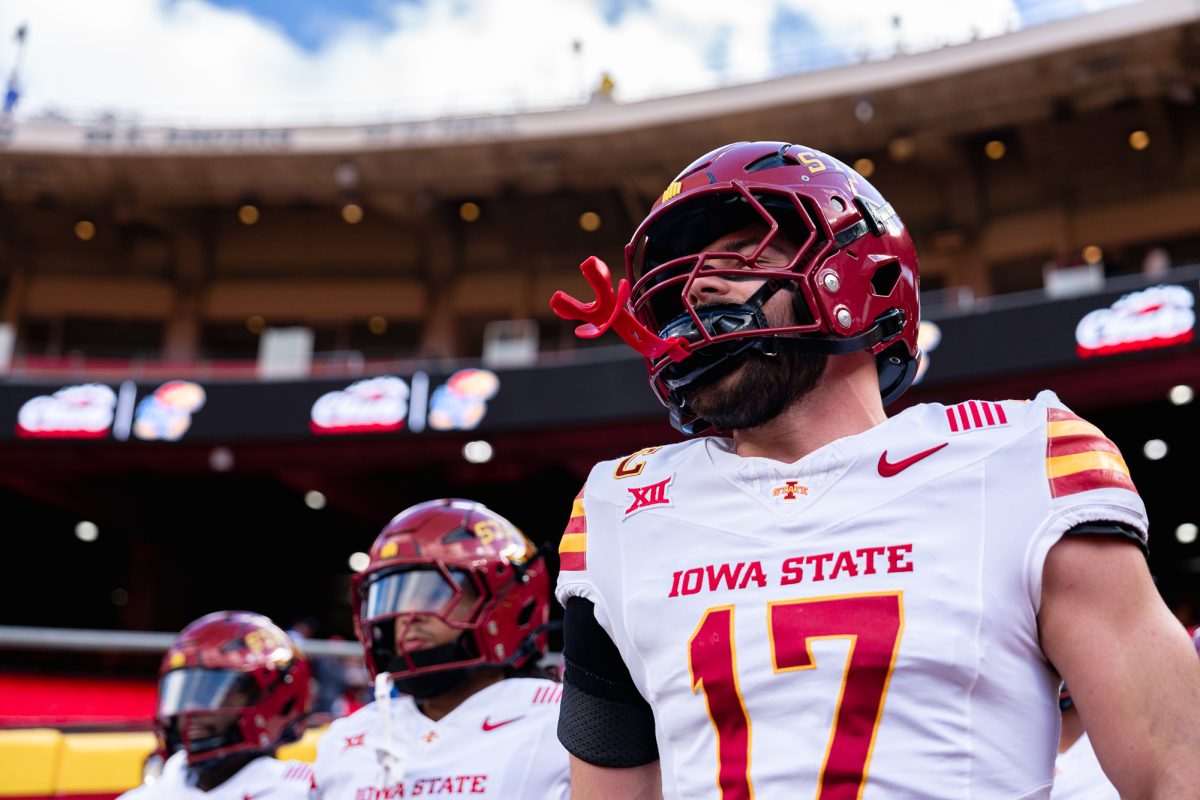Ordinance keeps controversy chugging
October 9, 2007
On Nov. 6, Iowa City voters will cast their ballots in favor of or against the 21-year-old entry age ordinance, a topic that has brewed up quite a controversy.
Currently, the Iowa City bar district opens its doors to anyone 19 and older – a rule that doesn’t apply to bars in Ames.
When it comes to drinking in general, Iowa State’s current numbers were a bit surprising. According to a 2007 study conducted by the Student Health Center, 73 percent of students drink while 18.7 percent of those individuals partake in high-risk drinking, which is defined as five or more drinks in one sitting.
Raymond Rodriguez, program coordinator for the Student Health Center, said although some students partake in binge drinking, the numbers show the current drinking habits at Iowa State are improving.
“We have people that drink at high risk, but they don’t do it often,” Rodriguez said. “The overall majority of students don’t regularly go over the high risk, and a huge number of people [27 percent], who you wouldn’t suspect, don’t drink at all.”
When analyzing the drinking habits of students, Patrol Cmdr. Jim Robinson of the Ames Police Department said no matter what rules or regulations are placed on students, drinking is a problem – period.
“Alcohol abuse is the number one substance abuse within our community here,” Robinson said. “It’s not just related to drunk driving or public intox, it’s a domino effect that creates more issues.”
Along with general alcohol consumption, Robinson said Ames would struggle to regulate underage drinking if it adopted the same 19-year-old admittance rules that are currently used in Iowa City.
“I don’t think it’s possible to police an environment such as a bar with underage people in there,” Robinson said. “I would suspect it’s almost impossible to prevent underagers from drinking when they’re allowed into the bars.”
People in Ames under the legal age are relegated to chancing it with fake IDs or attending house parties to get a buzz, but neither are considered to be safe or intelligent options.
Throughout his career, Rodriguez said he has seen more problems stemming from drinking at house parties than from drinking at bars.
“We do see more problems coming out of the house parties because they’re not monitored in any legal sense,” Rodriguez said. “Bars are legally responsible for the people who drink there. If the bartender overserves somebody, they are legally responsible.”
On the issue of fake IDs, Robinson said even if the admittance age in Ames was reduced to 19, there would still be a problem with underage drinking.
“If the law is set that you have to be 21 to legally drink, by allowing individuals under the legal age into the bar you will have violations of the law,” Robinson said.
When it comes to first-hand experiences with problems in Iowa City, Sgt. Troy Kelsay of the Iowa City Police said maturity is the biggest problem at the University of Iowa.
“The bars themselves, and especially the pedestrian plaza where there’s a concentration of bars, are responsible for a good percentage of our calls after 11 p.m.,” Kelsay said. “I don’t think age alone is the factor, but as a rule, maturity does track along with chronological age. So, asa person does age and does experience more, you will see less drinking with no regard of others.”
Although Ames’ bar district is far different from that of Iowa City, ISU students feel underage drinking is something that’s going to happen regardless, inside the bar or at house parties.
“If the bar age here was 19, I’d go,” said Blaine Sylvester, freshman in engineering.
“I don’t think it’s that big of a problem because there’s underage drinking that goes on outside of the bars, not just inside the bars.”
Lakin Stevicks, sophomore in animal science, said just because you can get into the bars at 19, it doesn’t necessarily mean alcohol is going to be involved.
“I think it might be more fun, just because you’re a certain age doesn’t mean you’re going to drink,” Stevicks said.
“If they didn’t have the 19-year-old rule there would probably be more people using fake IDs.”
Although having a younger crowd overtake the bar scene may not bode well with some, Sylvester said there will always be a time and place for a good house party, no matter what the admittance age for the bars.
“I think most people go to house parties until 11 p.m. or midnight and then they go to the bars,” Sylvester said.






